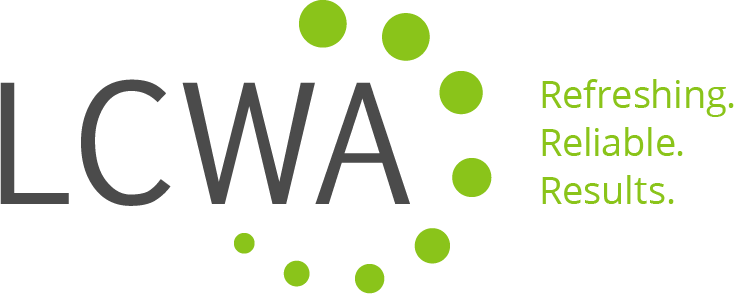May 26, 2011
My first career experience in public relations brought me to Washington, D.C., where it’s hard not to notice the presence of government all around you. From office views of the Washington Monument to Congressional aides rushing by, government is simply a part of everyday life – including client work and, in many cases, the clients themselves. However, as you move “beyond the Beltway,” it’s easy to overlook the effect of government and legislation. Nonetheless, there’s hardly an industry that isn’t somehow impacted by government regulation. Working in public relations means being the eyes and ears of your clients, and legislative monitoring and government outreach can provide a key service.
Lately, I’ve had the opportunity to work with several of our clients on a range of legislative matters. Here are a few things I’ve learned along the way to help navigate Washington’s complex web of agencies, organizations and officials.
- Be aware of the players: A host of players – from lawmakers, federal, state and local agencies, and even community associations – all play a role in how legislation is crafted, adopted and implemented. Prior to any outreach or communication, take inventory of all the different parties involved, what role they play and what impact their actions could have on your client. Then, because each may have vastly different objectives or repercussions, craft specific key messages and materials for each audience. In doing so, you’ll not only gain a better picture of what’s at stake, but your messages are more likely to resonate with each audience.
- Read between the lines: Oftentimes, legislation is purposely left vague so that the office or official responsible for implementing it has the ability to interpret and develop policies and regulations as needed. By the time the law is codified, it may look vastly different from the original bill. In these cases, the best source of information may not be the lawmaker who crafted the bill, but the parties responsible for its implementation. Go beyond the legislative text and reach out to these sources to find out many of the key details – the who, what, where and when – for how a particular law may impact your client.
- Consider your resources: Keep in mind that many of the everyday tools and services used to track coverage, trends and other news for clients will not uncover movement in pending legislation if it hasn’t been covered by the media. Furthermore, you can’t assume that a state or municipality website is always accurate or up-to-date. Consider using a service like StateNet, which has local representatives tracking legislation at all levels of government, to supplement your efforts. While they may alert you to a particular item of interest, always follow up with your own research and outreach in order to provide the most accurate information to your client.
- Persistence pays: It’s no secret that the legislative process can move slowly, especially when compared to the field of public relations. Many of the key sources of information may not have answers to your inquiries right away. Furthermore, it may take a while to not just find an appropriate source – but also one who’s willing to help. When you do, try to establish a relationship and make it a habit to check in on a regular basis – eventually your persistence will pay off!
Certainly, legislative monitoring and government outreach can be quite an undertaking – the number of players and the carefully worded “legalese” is bound to be a challenge at some point. But the value for clients in uncovering key pieces of information that can impact their public relations plans – and their bottom line – is incalculable.

